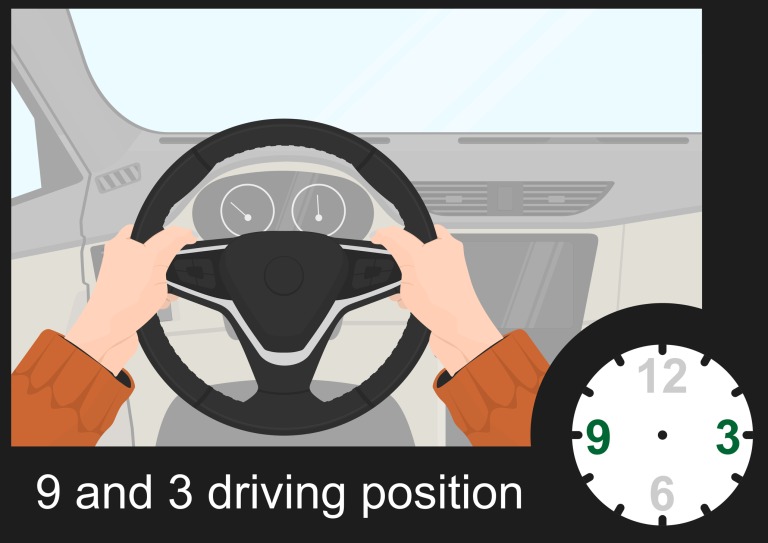
The Evolution of Steering Wheel Hand Positions: Safety First!

Driving is an essential skill that many of us acquire at a young age. However, as technology advances and vehicles evolve, so do the guidelines for safe driving practices. One such practice that has seen a significant shift over the years is the recommended steering wheel hand position.
The Traditional 10 and 2 Position
Many of us were taught the 10 and 2-hand positions on the steering wheel. This position places the hands above the steering wheel's center line but not quite at the top. However, this hand position has been re-evaluated with advancements in car technology, safety testing, and the introduction of safety equipment like airbags.
The Modern 9 and 3 Position
National Highway and Traffic Safety Administration (NHTSA) experts now advocate for the 9 and 3-hand positions. This placement ensures that the hands are on opposite sides of the wheel, halfway up, providing optimal control while minimizing the risk of injury from airbag deployment.
Additionally, the NHTSA suggests that drivers adopt the push/pull method when turning. In this technique, one hand pushes up on the wheel until just before the 12 o’clock position, while the other moves in the opposite direction, pulling downward to continue the turn. This method ensures that drivers maintain constant contact with the steering wheel, enhancing control and safety.
The Dangers of Old Techniques
While the 10 and 2 position might be deeply ingrained in many drivers' habits, it's crucial to understand its dangers. Vehicles with smaller steering wheels and those equipped with airbags can pose a risk to drivers using this outdated hand position. In the event of a frontal crash, the airbag's force can push the hands and arms into the face, leading to potential injuries.
Other Steering Techniques
Apart from the 9 and 3 position, there are other steering methods that drivers should be aware of:
- Hand-to-Hand Steering: This method involves the left hand grasping the wheel between 7 and 8 o’clock and the right hand between 4 and 5 o’clock. Depending on the turn direction, one hand pushes the wheel up while the other slides, grasps, and pulls down.
- Hand-over-Hand Steering: Ideal for low speeds, limited visibility, or skid recovery. The left hand should be between 8 and 9 o’clock, and the right hand between 3 and 4 o’clock.
- One Hand Steering: Used when operating vehicle controls or backing up. Depending on the steering wheel design, the remaining hand should be in the 8-9 or 3-4 o’clock position.
Whether you're a new driver or someone on the road for years, staying updated with the latest safety guidelines is essential. Adopting the correct steering wheel hand position ensures better control over your vehicle and significantly reduces the risk of injuries. Remember, safety always comes first!
